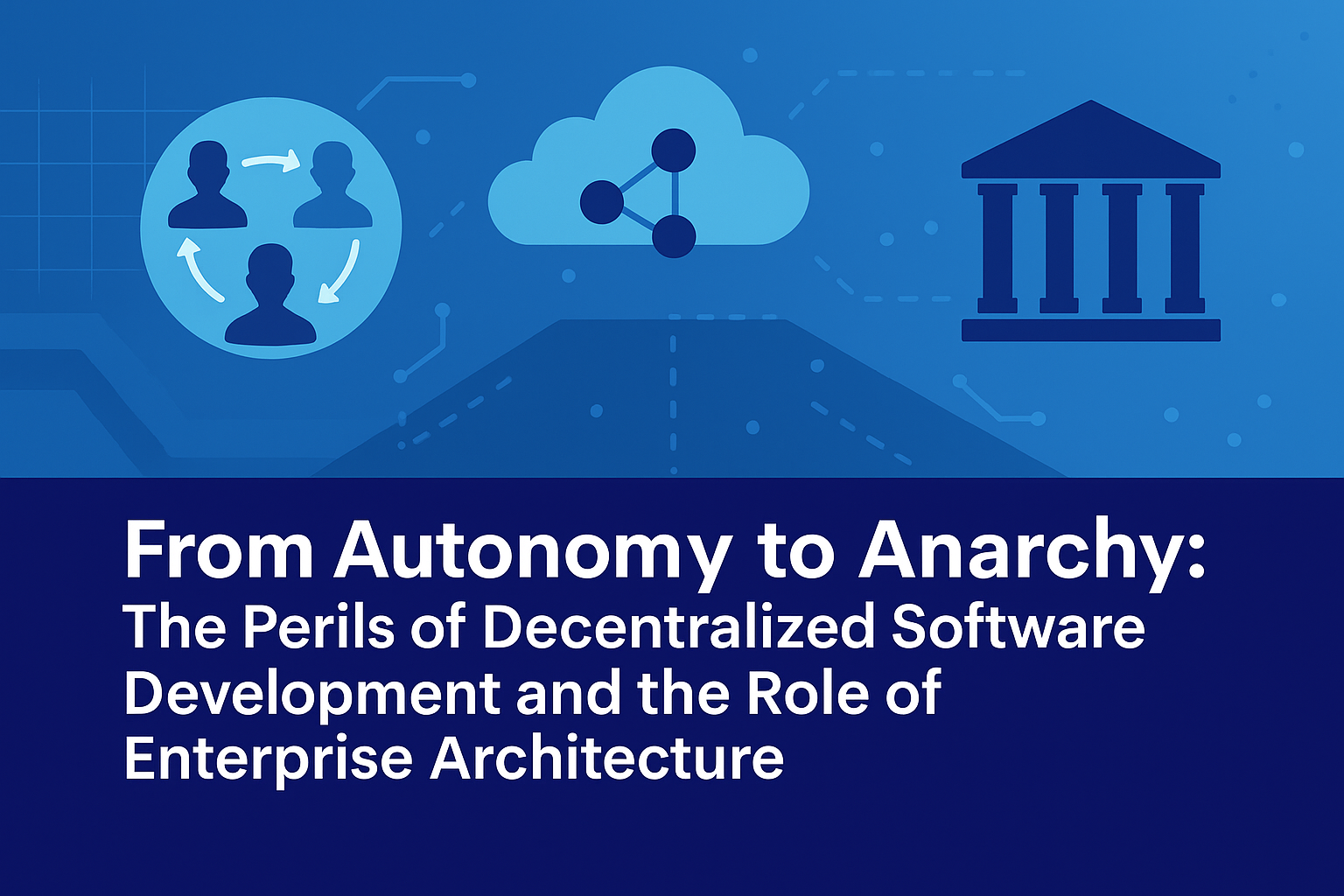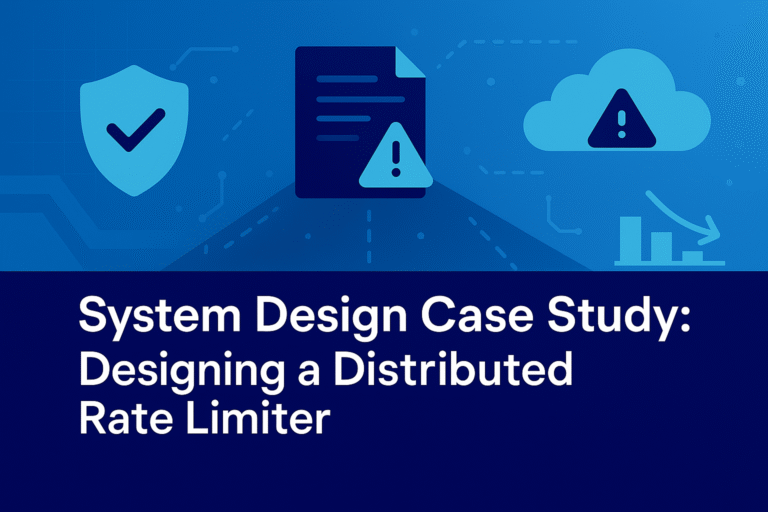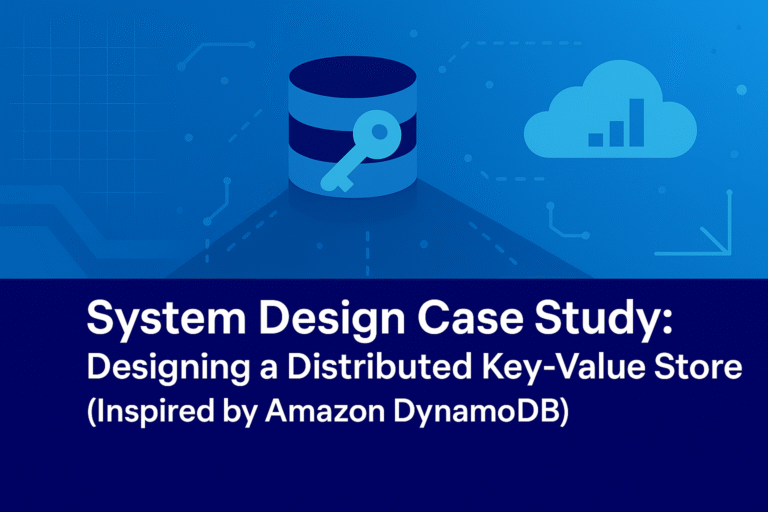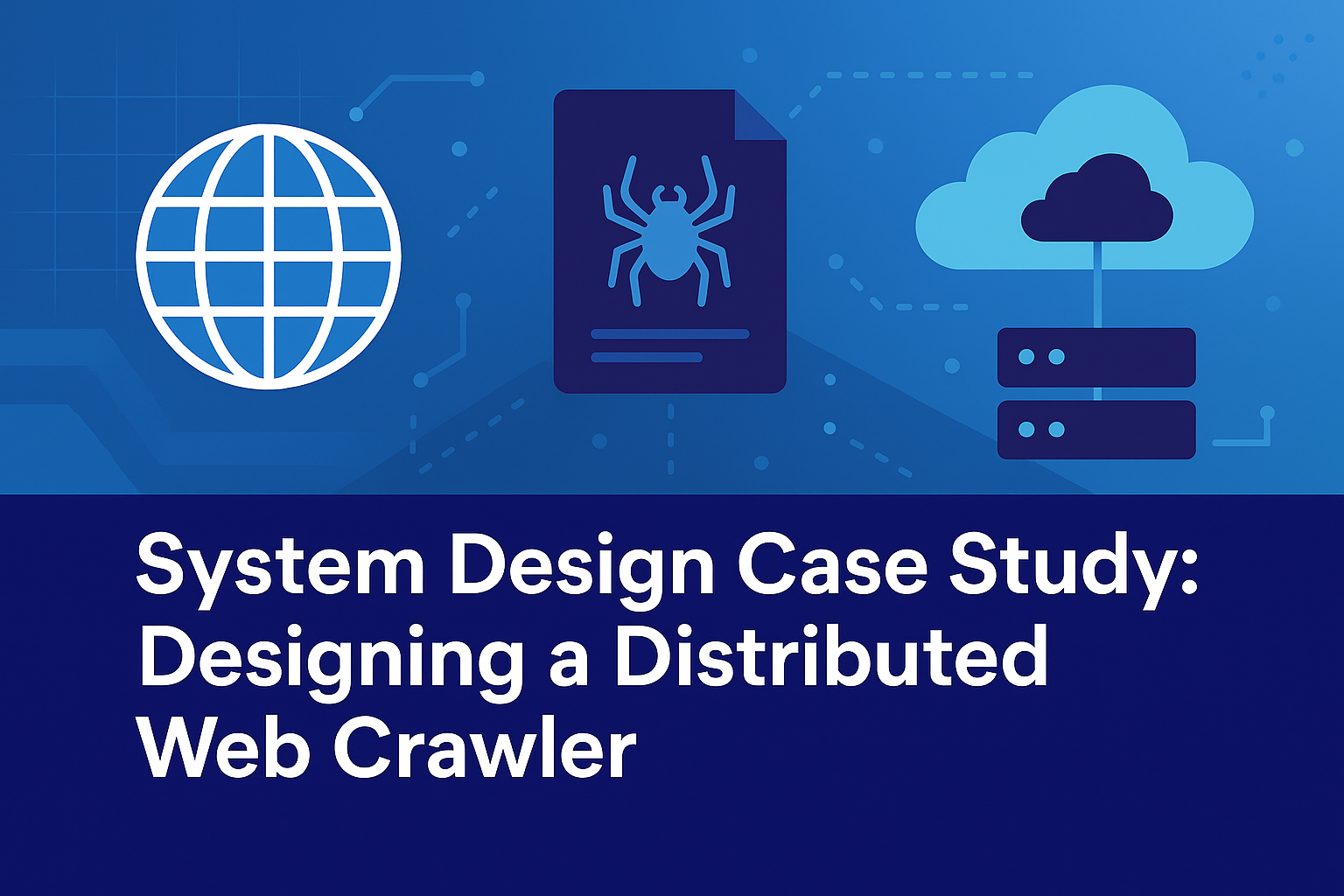In the pursuit of agility, many organizations have embraced decentralization, granting teams unprecedented freedom to innovate and deliver. Yet, this approach often yields unintended consequences: a proliferation of microservices, divergent data models, and a complete absence of shared understanding. What begins as empowerment devolves into entropy, where local optimizations undermine global coherence. Leaders, confronted with conflicting metrics and incompatible systems, question why a single version of truth remains elusive. This phenomenon is not merely a development challenge but a fundamental failure in enterprise architecture (EA).
The Illusion of Autonomy
Microservices architecture was heralded as a paradigm shift, promising modular, scalable systems that enable rapid iteration. Teams could own their domains, deploy independently, and respond swiftly to changing requirements. However, without overarching governance, this freedom fragments the enterprise.
Consider a typical outcome: 50 distinct services, each with its own data model—resulting in 10 variations of core entities and zero consensus on semantics. Teams optimize for their immediate needs, prioritizing velocity within silos. APIs evolve in isolation, speaking incompatible “dialects.” Dashboards, fed by disparate sources, present contradictory insights. Metrics, intended to guide decision-making, instead sow confusion.
This state is not autonomy; it is engineered anarchy. The enterprise loses its cohesive memory, replaced by a patchwork of tribal knowledge. What was marketed as empowerment becomes a barrier to collaboration, inflating integration costs and delaying value delivery.
A Real-World Example: The E-Commerce Platform Fracture at GlobalRetail Inc.
To illustrate these dynamics, examine the case of GlobalRetail Inc., a multinational e-commerce firm with annual revenues exceeding $5 billion. In 2022, the company underwent a digital transformation initiative aimed at accelerating feature releases to compete with agile startups. Leadership mandated a shift to microservices, empowering five product teams—Customer Management, Inventory, Ordering, Payments, and Analytics—to operate autonomously.
Initially, progress appeared promising. The Customer team rapidly iterated on user profiles, adopting a NoSQL document store for flexibility. Inventory optimized for real-time stock updates using a graph database. Ordering implemented event-sourcing with Kafka streams, while Payments integrated third-party gateways via RESTful endpoints. Analytics aggregated data into a data warehouse for reporting.
Within 18 months, the platform comprised over 60 microservices. The concept of a “customer” diverged:
- Customer Team: Stored as {userId, name, email, preferences} in MongoDB.
- Ordering Team: Represented as {orderId, buyerId, shippingAddress, billingInfo} with buyerId loosely linked to userId.
- Payments Team: Used {paymentId, cardToken, customerRef} where customerRef was an email string.
- Analytics Team: Denormalized into fact tables with yet another identifier mapping.
No shared canonical model existed. APIs communicated via ad-hoc JSON payloads, with field names varying (e.g., “emailAddress” vs. “eMail” vs. “contactEmail”). Event schemas drifted; an “OrderPlaced” event from Ordering included “productSku,” while Inventory expected “itemCode.”
The fallout manifested during a peak holiday season:
- Dashboard Discrepancy: Executive dashboards showed 1.2 million active users, but revenue reports reconciled only 900,000 transactions due to mismatched customer linkages.
- Integration Nightmares: A promotional campaign required cross-service data synchronization, necessitating 12 custom ETL jobs that consumed 40% of engineering bandwidth for three months.
- Metric Conflicts: Customer lifetime value (CLV) calculations varied by 25% across teams, eroding trust in data-driven decisions. Leadership’s query—”Why can’t we get one version of the truth?”—went unanswered, as root causes traced to semantic fragmentation.
Integration costs ballooned to 35% of the IT budget, deployment failures rose 50%, and time-to-market for cross-functional features doubled. What was intended as agility became a liability, nearly resulting in lost market share during critical sales periods.
The Root Cause: Architecture as Afterthought
The crux of the issue lies in treating architecture as a secondary concern—relegated to frameworks, static diagrams, and tooling rather than dynamic feedback and strategic decisions. When EA devolves into bureaucracy, it stifles innovation. Teams view it as overhead, not enabler, leading to further decentralization without alignment.
In GlobalRetail’s case, initial architecture reviews were optional “lunch-and-learn” sessions. No enterprise-wide domain model was mandated, and tooling (e.g., service meshes) focused on observability rather than contractual enforcement. Enterprise architecture, properly conceived, serves as the enterprise’s institutional memory. It captures lessons from past initiatives, enforces consistency where needed, and preserves intent across transitions in personnel and technology. Without it, chaos embeds itself into the culture: redundant efforts multiply, technical debt accumulates, and scalability suffers.
Leaders’ frustration stems from this void. Data silos proliferate because boundaries are undefined. Interfaces clash due to lacking standards. The enterprise operates as a collection of fiefdoms, not a unified organism.
Reclaiming Alignment Through Principled Enterprise Architecture
Effective EA does not impede teams; it synchronizes them. It transforms raw autonomy into strategic alignment, ensuring speed serves broader objectives. The pathway forward requires a deliberate sequence, as GlobalRetail learned through a subsequent recovery effort:
- Establish Shared Meaning: Convene cross-functional forums to define a ubiquitous language via domain-driven design. At GlobalRetail, a Core Domain Council codified “Customer” as a bounded context with attributes like {customerId (UUID), primaryEmail, profileAttributes}. This became the enterprise canonical model, published in a central registry.
- Define Data Boundaries: Delineate ownership using bounded contexts and contract definitions. APIs adopted OpenAPI specifications with shared schemas; events used AsyncAPI with Avro serialization. Anti-corruption layers translated legacy divergences during a phased migration.
- Build the Code: Teams proceeded within guardrails. Architecture fitness functions in CI/CD pipelines enforced contract compliance. GlobalRetail reduced services from 60 to 35 through consolidation, retiring redundancies.
This order—meaning, boundaries, then code—prevented further entropy. Post-implementation, integration efforts dropped 60%, and a unified analytics platform delivered consistent CLV metrics within one quarter.
Benefits of Synchronized Architecture
Organizations adopting this disciplined approach, like GlobalRetail in its turnaround, realize tangible gains:
- Consistency and Trust: A single source of truth emerges, reconciling dashboards and metrics.
- Reduced Complexity: Targeted consolidation and standardized models lower maintenance burdens.
- Accelerated Delivery: Teams innovate faster, unencumbered by integration surprises.
- Strategic Agility: Architecture evolves as a living asset, incorporating feedback loops to adapt to new realities.
Enterprise architecture, thus reframed, becomes a force multiplier. It is not about control but about cultivation—nurturing an environment where decentralized efforts compound into enterprise-wide value.
Conclusion
Decentralization without architecture detonates cohesion; with it, it detonates potential. Cases like GlobalRetail underscore that unchecked microservices lead to anarchy, but principled EA restores order. Organizations must elevate EA from procedural artifact to strategic imperative. By prioritizing shared meaning, enforcing boundaries, and then unleashing development, autonomy evolves into alignment. Speed, once tactical, becomes strategic. In an era of relentless change, this synthesis is not optional—it is the enterprise’s pathway to sustained excellence.




